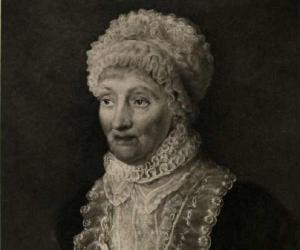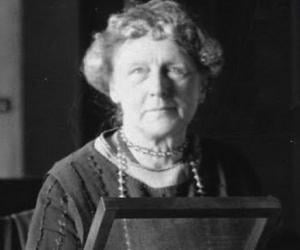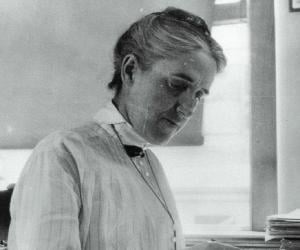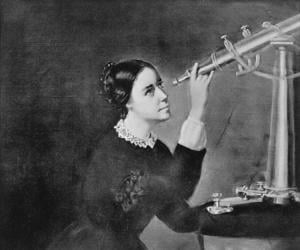Caroline Herschel was a German astronomer who is credited with the discovery of many comets, such as 35P/Herschel-Rigollet, which is named in her honor. In 1828, Herschel became the first woman to be honored with a Gold Medal of the Royal Astronomical Society. She was also the first female scientist to receive a salary.
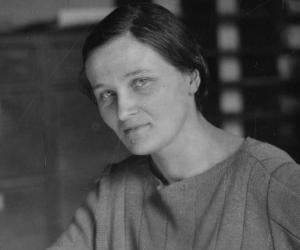
After losing her father at 4, Cecilia Payne-Gaposchkin was raised singlehandedly by her mother. The incredibly talented Cecilia studied at Cambridge but failed to secure a degree because of her gender. She later joined Harvard and opposing prevalent beliefs, proposed that stars were mainly made of hydrogen and helium.
After studying physics and astronomy at Wellesley College, Annie Jump Cannon traveled across Europe and focused on photography for a decade, before venturing to study astronomy again. At the Harvard Observatory, she made a considerable contribution to the classification of stellar bodies. She was almost deaf due to scarlet fever.
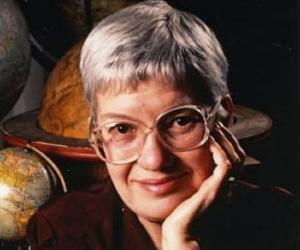
American astronomer Vera Rubin is best known for her pioneering discoveries on galaxy rotation rates, her groundbreaking work confirming the existence of dark matter and for her life-long advocacy for women in science. She studied the galactic rotation curves and provided strong evidence of the existence of dark matter. The Vera C. Rubin Observatory in Chile is named after her.
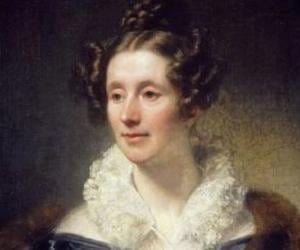
One of the two pioneering female honorary members of the Royal Astronomical Society, Mary Somerville was a 19th-century polymath and science writer. Though she specialized in math and astronomy, she was also well-versed in botany and geology. The Connection of the Physical Sciences remains her most notable work.
Born to a church minister, Henrietta Swan Leavitt grew up to work as a “human computer” at the Harvard Observatory. The American astronomer gained fame for discovering the period-luminosity relation of Cepheid variables. However, her brilliant scientific career was halted by her death due to stomach cancer at 53.
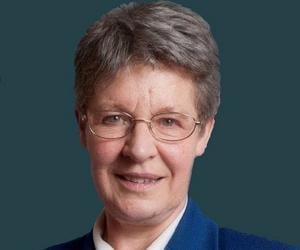
Jocelyn Bell Burnell is an astrophysicist from Northern Ireland. As a postgraduate student, she discovered the first radio pulsars. She graduated from the University of Glasgow and pursued an academic career. In 2018, she received the Special Breakthrough Prize in Fundamental Physics for her discovery of radio pulsars. She donated the three million dollars she received as prize money.
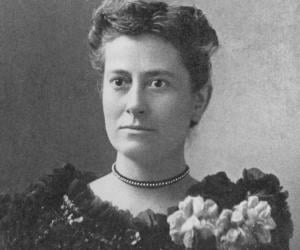
Born in Scotland, Williamina Fleming moved to the U.S. with her husband, where she began working as a housekeeper for Harvard Observatory director Edward C. Pickering. Pickering secured her a job at the observatory, and Fleming went on to establish a classification and cataloguing system for stars.
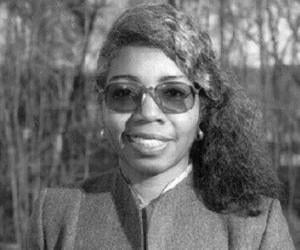
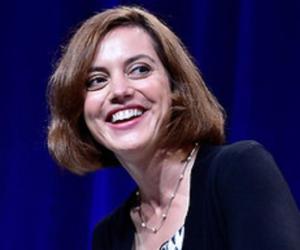
Astronomer Amy Mainzer has been associated with NASA's NEOWISE mission and specializes in asteroid detection. The Stanford and Caltech alumna now teaches at the Lunar and Planetary Laboratory of the University of Arizona and has also appeared on the History Channel series The Universe and in several documentaries.
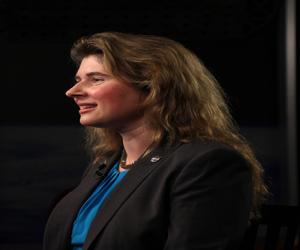
Apart from being the assistant director of science at NASA's Goddard Space Flight Center, astronomer Michelle Thaller also appears on shows such as The Universe on the History Channel. The Harvard alumna has also worked with Caltech. Apparently, Carl Sagan’s Cosmos had pushed her to study astronomy at 10.
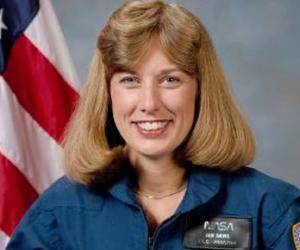
Former American astronaut Jan Davis logged over 673 hours and 11 million miles in space and orbited the earth 445 times during her three Space Shuttle flights, STS-47, STS-60, STS-85. She worked for NASA for over two decades and thereafter served as a Vice President and Deputy General Manager for Jacobs Engineering Group. She presently works for Bastion Technologies, Inc.
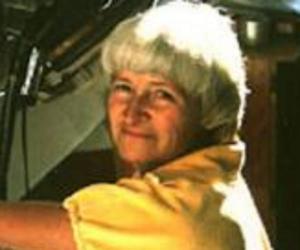
Carolyn S. Shoemaker is an American astronomer best known as a co-discoverer of Comet Shoemaker-Levy 9. A prolific discoverer of comets, she once held the record for most comets discovered by an individual. She was married to geologist Eugene Shoemaker and often collaborated with him. The couple was awarded the James Craig Watson Medal in 1998.
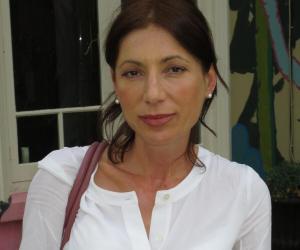
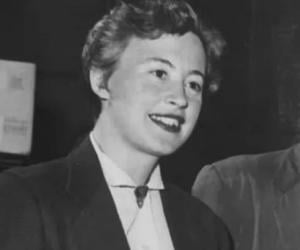
Margaret Burbidge was a British-American observational astronomer and astrophysicist. She was the first author of the influential B2FH paper and one of the founders of stellar nucleosynthesis. She held several leadership and administrative posts and was well known for her work opposing discrimination against women in astronomy. In 1988, she was awarded the Albert Einstein World Award of Science.
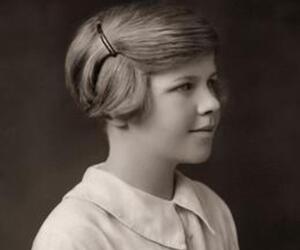
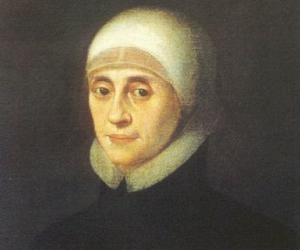
English nun Mary Ward was one of the first to show how influential women could be in the Church. Her work led to the development of the Congregation of Jesus and Blessed Virgin Mary, or the Loreto Sisters. She traveled on foot all across Europe, establishing schools and was often criticized by traditionalists.
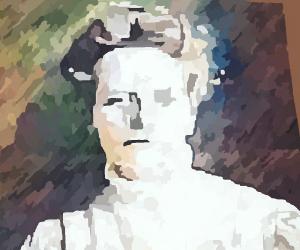
Born to a Lutheran minister, Maria Margaretha Kirch was educated at par with boys of her age, which wasn’t the norm back then. She later became the first woman astronomer to discover a comet. The German astronomer also received accolades such as the Gold Medal of the Royal Academy of Sciences.
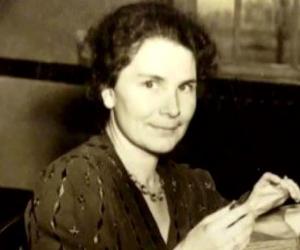
Initially interested in chemistry, Helen Sawyer Hogg later switched to astronomy. Hogg moved from the U.S. to Canada with her astronomer husband and became the founding president of the Canadian Astronomical Society. One of the first major female astronomers, she was a globular cluster expert and also wrote astronomy columns regularly.
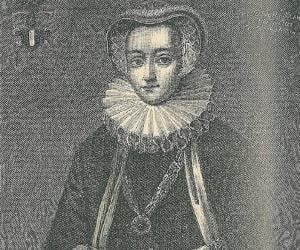
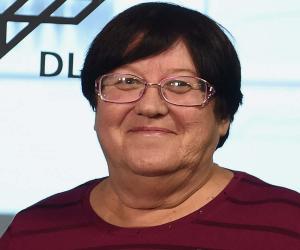
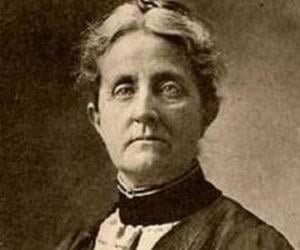
American astronomer Mary Watson Whitney served as a professor and director of the Vassar Observatory for over two decades. Her teaching and research work were related to comets, asteroids, double stars and variable stars and also on measurements by photographic plates. The Vassar Observatory published 102 scientific papers under her direction. She became the first president of Maria Mitchell Association.
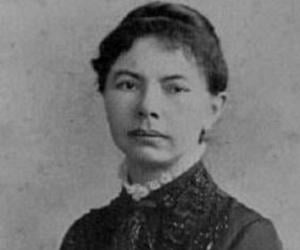
Born to a teacher father, Sarah Frances Whiting created history by becoming the first physics professor of Wellesley College, an institute that revolutionized higher education for women, and also established America's second undergraduate and first women’s physics lab. She remains a pioneer of women’s education in science.

